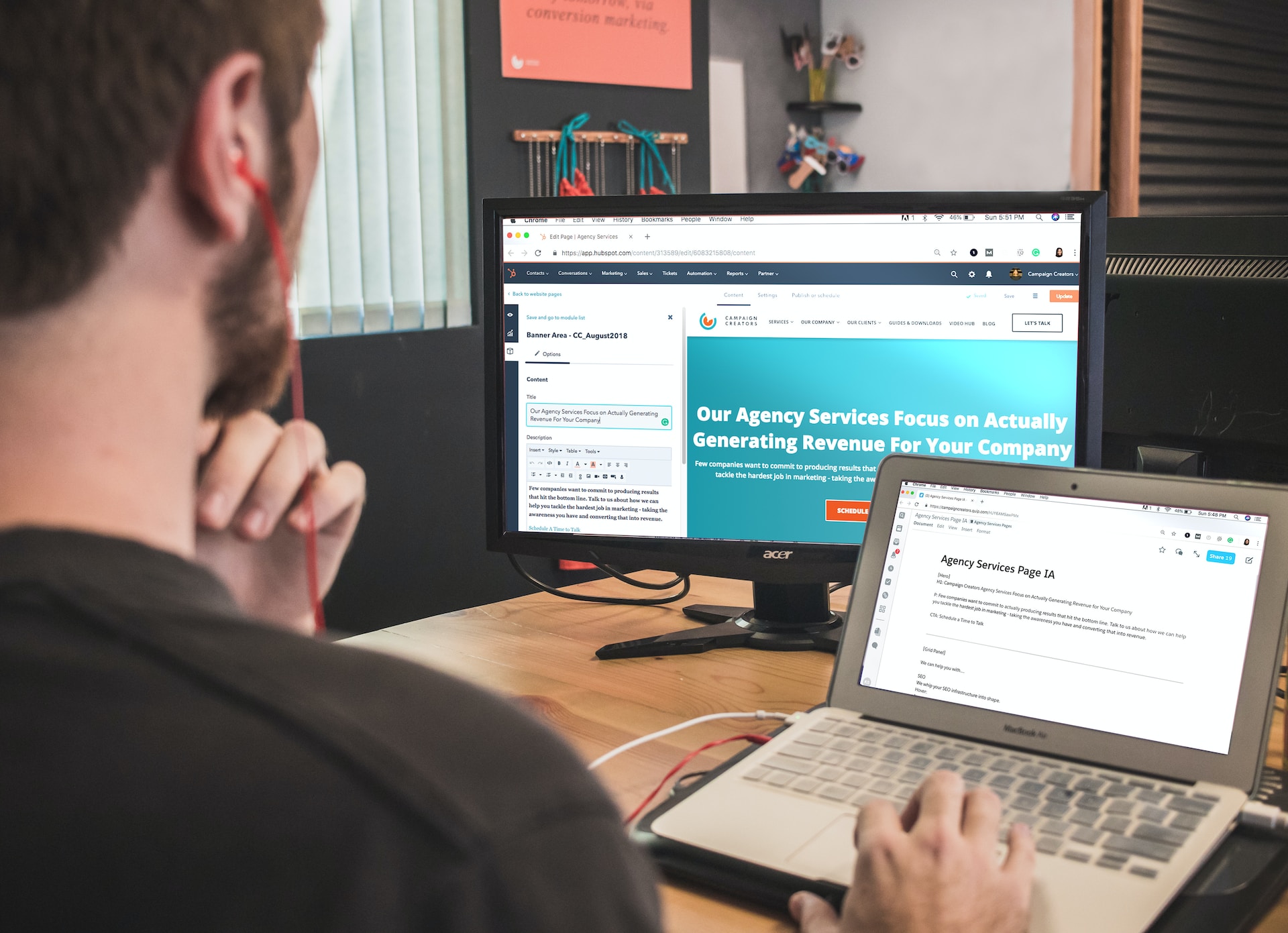
With the increasing importance of the internet in our daily lives, it has become essential for website owners and developers to ensure their websites are accessible to all users, including those with disabilities. Web accessibility refers to the design of websites, tools, and technologies in a manner that allows people with disabilities to perceive, understand, navigate, and interact with the web effectively. By making your website more accessible, you provide equal access and equal opportunity to all users and can improve your site’s search engine optimization (SEO) and reach a wider audience.
Today, we will discuss a couple of ways you can make your website more accessible to ensure you attract as many people as possible:
1. Use Descriptive Alt Text for Images
Alternative (alt) text is an essential element for web accessibility. It provides a textual description of images, graphs, and other visual content on your website, allowing screen readers to convey the meaning behind these elements to visually impaired users. When adding images to your website, make sure to include descriptive alt text that accurately represents the image’s content. Avoid using phrases like “image of” or “picture of” and focus on describing the image itself.
2. Choose Easily Readable Fonts and Font Sizes
The readability of your website’s text is crucial in ensuring its accessibility. Choose fonts that are easy to read and have clear distinctions between characters. Sans-serif fonts like Arial, Helvetica, and Verdana are generally more accessible than serif fonts like Times New Roman or Georgia. Additionally, ensure your font size is large enough to be easily read by low-vision users. A 16-pixel or larger font size is usually recommended for body text.
3. Use Sufficient Color Contrast
Color contrast is the difference between the foreground (text) color and the background color. For users with low vision or color blindness, insufficient color contrast can make reading the text on a website difficult. To ensure your website is accessible to these users, use a color contrast tool to check the contrast ratio of your text and background colors. The Web Content Accessibility Guidelines (WCAG) recommend a contrast ratio of at least 4.5:1 for normal text and 3:1 for large text (18 pixels or larger).
4. Make Your Website Keyboard-Friendly
Many users with disabilities rely on keyboard navigation to browse the internet. To ensure your website is accessible to these users, ensure all interactive elements, such as links, buttons, and forms, can be navigated using only a keyboard. This includes using the “tab” key to move between elements and the “enter” key to activate them. Additionally, avoid using keyboard traps, where a user gets stuck in a specific part of your website and cannot exist without a mouse.
5. Use Clear and Simple Language
Using clear and simple language on your website makes it more accessible to users with cognitive disabilities and users who may not be fluent in the language your website is written in. Avoid using jargon, idioms, or complicated sentence structures, and break up large blocks of text with headings, bullet points, and images. Additionally, providing a glossary of terms or an FAQ section can help users understand complex concepts or industry-specific language.
6. Add Captions and Transcripts for Multimedia Content
Finally, if your website features audio or video content, providing captions and transcripts is essential for users with hearing impairments. Captions are text versions of the spoken content in a video, displayed synchronously with the visual content. Transcripts are separate text documents that include all spoken content, as well as descriptions of important visual elements like on-screen text or graphics. Both captions and transcripts should be easily accessible from the multimedia content itself.
Conclusion
By implementing these six strategies, you can create a more accessible website that caters to a wider range of users, including those with disabilities. Not only does this promote inclusivity and equal access to information, but it can also improve your website’s SEO and help you reach a broader audience. Remember that web accessibility is an ongoing process, and it’s essential to regularly evaluate and update your website to ensure it remains accessible to all users!
AllAccessible is a leader in automated web accessibility platforms to help companies stay open to impaired and disabled individuals while complying with various regulations, from WCAG to 508 and so much more. If you are looking to don your website with website accessibility features, do check out our platform.


